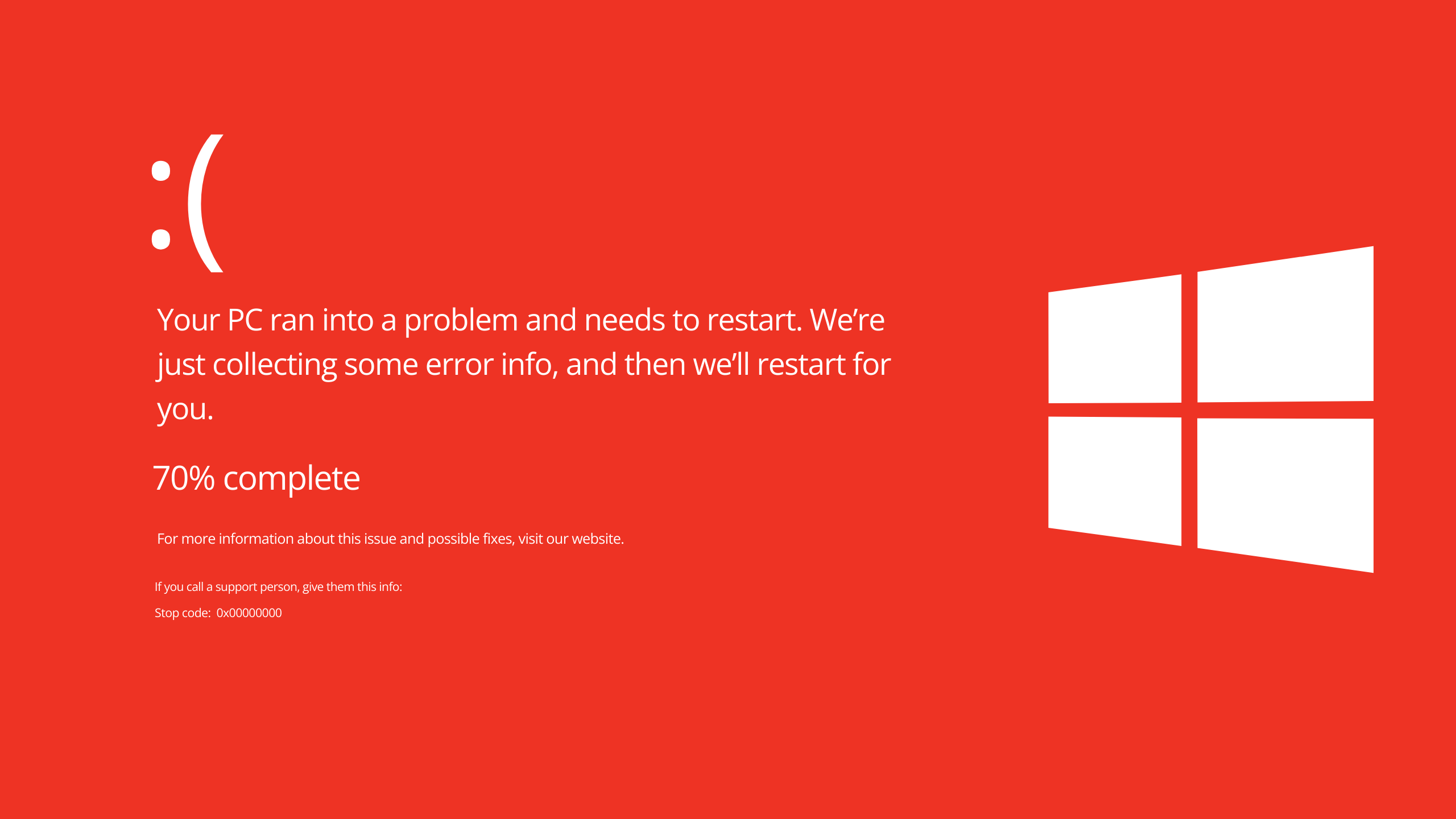The IT Device Lifetime Cycle
Hey there! In today’s digital age, IT devices are the backbone of businesses of all sizes. Whether it’s desktop computers, laptops, tablets, or smartphones, these devices are critical to staying connected, productive, and efficient. But with the constant change in technology, it’s important for businesses to have a clear understanding of their IT lifetime cycle. That’s where IT device lifecycle management comes in. In this blog post, we’ll explore what IT device lifecycle management is, why it’s important, and how it can benefit your business.
What is IT Device Lifecycle Management?
IT device lifecycle management is simply the process of managing the entire lifecycle of IT devices, from acquiring them to disposing of them. This includes activities such as purchasing, deployment, maintenance, and retirement. Instead of taking a reactive approach, IT device lifecycle management takes a strategic and proactive approach to managing IT devices.
 Why is IT Device Lifecycle Management Important?
Why is IT Device Lifecycle Management Important?
There are several reasons why IT device lifecycle management is important for businesses. These include:
Saving Money
By proactively managing the lifecycle of IT devices, businesses can save money in the long run. Regularly assessing the lifecycle of IT devices can help identify outdated or no longer needed devices, which can reduce unnecessary expenses on maintenance and repairs, and avoid the cost of purchasing new devices too soon.
Boosting Productivity
Poorly performing IT devices can cause frustration and reduced productivity among employees. By managing the lifecycle of IT devices, businesses can ensure that their employees have access to reliable and up-to-date devices that are optimized for their needs. This can help to increase employee satisfaction and productivity.
Improving Security
IT device lifecycle management can also help businesses improve their security posture. By regularly assessing the security of IT devices and implementing security updates and patches, businesses can reduce the risk of cyberattacks and data breaches. Additionally, retiring outdated devices can help prevent security vulnerabilities from being exploited.
Compliance with Regulations
IT device lifecycle management can help businesses comply with regulations related to data privacy and security. For example, the General Data Protection Regulation (GDPR) requires businesses to take appropriate measures to protect personal data. By managing the lifecycle of IT devices, businesses can ensure that they are complying with these regulations and protecting sensitive data.
How Can IT Device Lifecycle Management Benefit Your Business?
IT device lifecycle management can provide several benefits to your business. These include:
Increased Efficiency
By proactively managing the lifecycle of IT devices, businesses can ensure that their devices are optimized for their needs. This can help to increase efficiency and productivity across the organization.
Reduced Downtime
Outdated or poorly performing IT devices can cause downtime and disrupt business operations. By managing the lifecycle of IT devices, businesses can reduce the risk of downtime and ensure that their devices are reliable and up-to-date.
Improved Security
By regularly assessing the security of IT devices and implementing security updates and patches, businesses can reduce the risk of cyberattacks and data breaches. Additionally, retiring outdated devices can help prevent security vulnerabilities from being exploited.
Cost Savings
Proactive IT device lifecycle management and understanding of the IT device lifetime cycle can help businesses save money in the long run by reducing unnecessary expenses on maintenance and repairs, and avoiding the cost of purchasing new devices too soon.
In conclusion, IT device lifecycle management is a critical process for businesses that want to stay ahead of the curve in today’s digital age. By proactively managing the lifecycle of IT devices, businesses can increase efficiency, reduce downtime, improve security, and save money. If you’re not already implementing IT device lifecycle management in your organization, now is the time to start. With the right approach, you can ensure that your IT devices are optimized for your needs and help your business thrive in today’s digital landscape.




